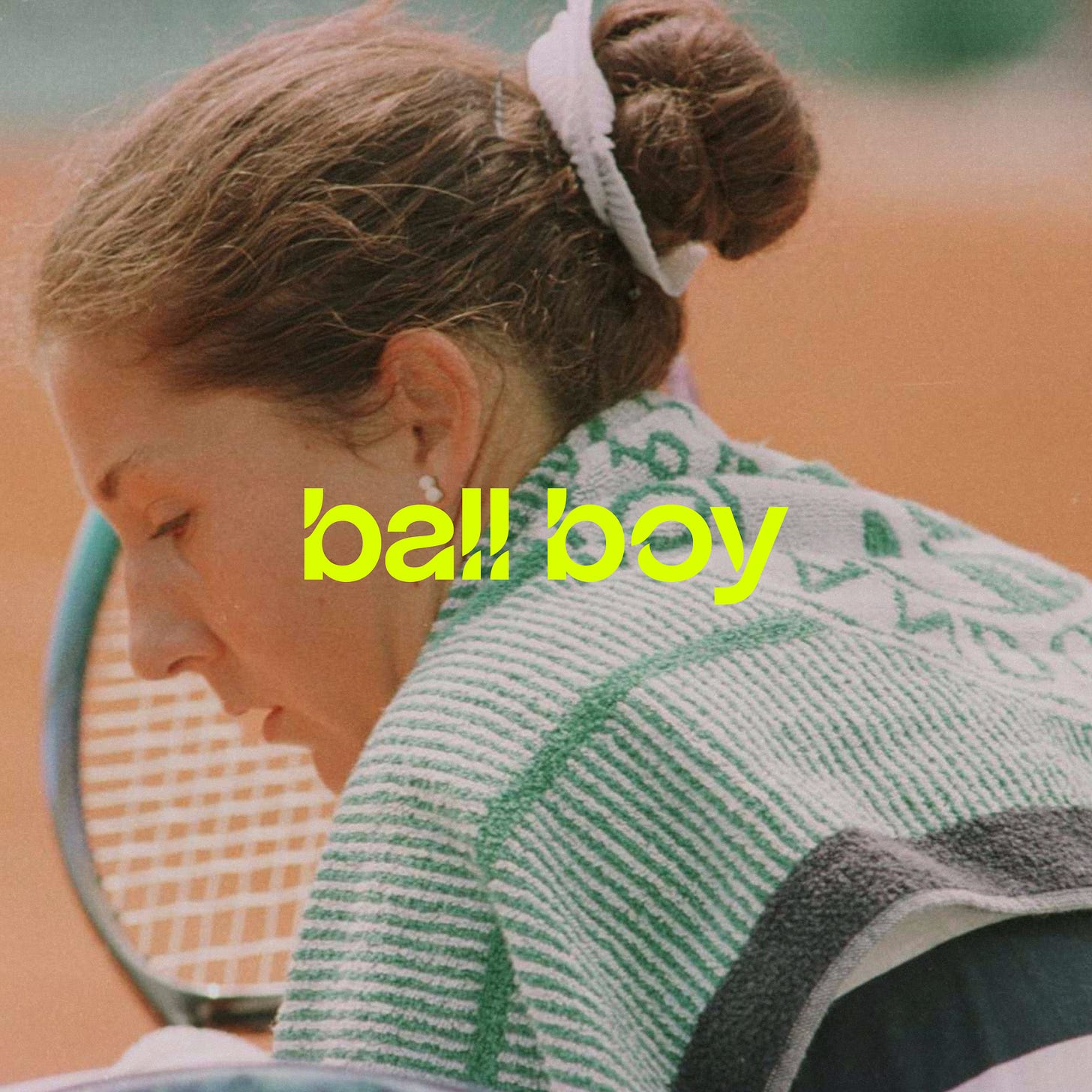The stabbing of Monica Seles
How has obsessed fan culture evolved since the infamous 1993 on-court attack?
A 38-year-old unemployed German man entered the Citizen Cup’s Rothenbaum Tennis Center in Hamburg, Germany on April 30, 1993 with a nine-inch boning knife. His name was Günter Parche and he was a fan obsessed with the tennis player Steffi Graf.
His plan was to take out World No. 1, Monica Seles, to allow Graf to return to the top spot. Seles was 19-years-old and had recently arrived as a dominant force in women’s tennis beating top players like Graf and Martina Navratilova. Parche confessed he became suicidal when he witnessed Seles defeat Graf in the 1990 German Open and his hatred solidified when Seles took Graf’s No.1 ranking.
Graf had skipped that year’s Citizen Cup and Seles had reached the quarterfinal to play Magdalena Maleeva. During the match, Parche leaned over the audience barrier and stabbed Seles in the back while she was sitting on the player’s bench during a changeover. Seles screamed and fell to the ground while Parche was disarmed by fans.
The stabbing left a one-inch wound a couple of millimeters from Seles’ spine. The attack didn’t kill her, but forced her to take a two-year hiatus from professional tennis and inflicted a life-time of emotional damage.
How fan’s obsession manifest today
In the case of Monica Seles, one fan’s obsession manifested into physical violence unlike anything anything we’ve ever seen in tennis. Since the 1993 attack, security measures have been upgraded and players are better protected from threatening individuals.
However, in the internet age players are far more visible and reachable via online platforms. This leads to large amounts of online harassment and stalking—about 12,000 abusive messages to be exact according the WTA’s threat assessment technology.
Women’s Tennis Association’s director of safeguarding, Lindsay Brandon, told the Guardian, “social media companies needed to crack down on threatening online behaviour, calling it the ‘missing piece’ needed to further bolster athlete safety.
“I absolutely believe social media companies owe a great deal more to their users to better protect them – especially female athletes who we know are a primary target for this type of mistreatment,” said Brandon.
Another factor escalating internet harassment is online sports gambling. The WTA reported nearly half of abusive messages on social media came from angry gamblers.
Since pretty much every WTA player is active on social media and with tournament schedules publicly available anywhere in the world it is easier than ever to pinpoint where a player might be at any given moment.
Just this year, players like Emma Radacanu noticed a man following her around the world from Singapore, to Abu Dhabi, to Doha, and to Dubai where she had an on-court breakdown because the man reportedly “fixated” on her during a match. This was after a 2022 incident where man named Amrit Magar visited Raducanu’s home multiple times, leaving unsolicited gifts and stealing personal items.
Harassment in the WTA isn’t uncommon. Other women like Iga Swiatek and Coco Gauff reported similar harassment from potential stalkers. Men also experience forms of harassment from obsessive fans too, though with unfair nonchalance. You can see the stark difference in a recent ATP Tour post where players like Arthur Fils tells the camera a fan admitted they flew 16 hours from Dubai to LA to see him play. In the same post, Alex de Minaur mentioned a fan begged for his “stinky” shoes and Stefanos Tsitsipas received multiple marriage proposals.
There’s even tons of erotic fan fiction online featuring players like Carlos Alcaraz and Jannik Sinner having forbidden romances for fans to fantasize over. This type of content creates places of community for obsessive fans to gather and discuss fantasies and hypotheticals about their favorite players.
The mental toll fan obsession has on players
Of course obsession can manifest in different ways, but when someone is threatening you physically or mentally, you can’t play your best tennis. Sloane Stephens opened up about online harassment and the threatening messages she received in 2021 by saying “this type of hate is so exhausting and never ending.”
If a player is being harassed, threatened, or stalked they are forced to be constantly scanning for danger in the crowds, change their sleeping or travel arrangements, alter their training schedules, or even cancel playing in tournaments.
After Monica Seles’ attack, she took two years off professional tennis to heal physically and emotionally. She withdrew from the public eye and suffered from depression, anxiety, and developed an eating disorder. Her attacker was deemed psychologically unfit for jail and never imprisoned which further added to the tragedy of the attack. It took her two years to get back to competitive form and be ready to play in front of a packed stadium.
Even after all the heartbreak and trauma of the 1993 attack in Hamburg, Seles made a comeback in 1995 as joint No. 1 with Steffi Graf and won the Australian Open for the fourth time in 1996. In the first year of her comeback, Seles was able to remain at the top of the rankings, but couldn’t stay a top player for the remainder of her career. Her consistency waned and the psychological trauma lingered years after affecting her tennis. Seles is still widely regarded as one of the best tennis players ever and might’ve reached GOAT status if not for the stabbing.
🎤 Shoutouts
⏮️ My Last Post: 9 theories on how Jannik Sinner is spending his suspension
🤓 Suggested Listen: A Closer Look | The stabbing of Monica Seles
🤓 Suggested Read: BAGEL Magazine - BAGEL magazine captures tennis’s increasing diversity, influence on fashion and participation in popular culture.
🤓 Suggested Read: Ben Shelton reaches biggest clay-court final for an American man since Andre Agassi in 2002
🤓 Suggested Read: Sinner says he is 'innocent' and doping ban 'unfair'






